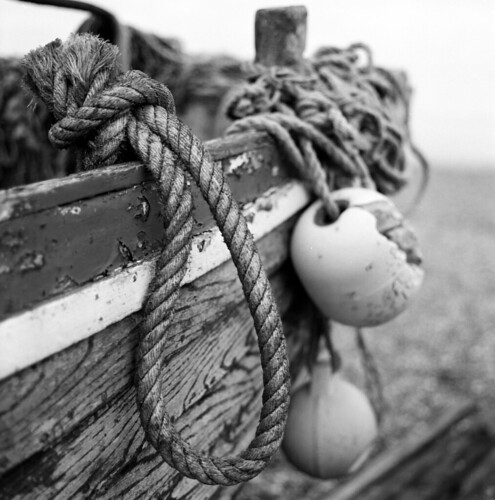This project is about Greystones Harbour.
The Centenary Magazine for St Patrick’s Church from 1964 said that from 1939-1964
“The harbour having ceased to serve any commercial purpose has fallen into decay. The groyne has gone.”
“What is a groyne?” you may ask.
It is a sea wall built to stop erosion.
But what is erosion?
It is the gradual breaking down of the land, in this case the coast.
About one-third of the pier had been washed away.
The boat slip and the dock was all that was left.
But from 1954 work was done so the rest of the pier was safe,
and the seafront looked good for tourists.
So you can understand what had happened to the harbour,
we need to go back a lot further in time.
There was always a natural harbour at Greystones.
It was the only safe harbour for fishermen to pull into from Bray to Wicklow.
But a harbour wasn’t built there to start with.
There wasn’t even a town or a village where the natural harbour was.
The nearest village was north at Rathdown.
There was lots of herring to be caught at Greystones.
It was called a ‘good fishing place’ not a town or a village.
Over the years there has been a lot of erosion by the sea between Greystones and Bray.
A lot of the coast was washed away.
Fishermen and the people of Greystones wanted a harbour
to help the fishing industry,
so that they could import coal
and Bangor slates to build for the tourists who came to sail and fish.
“Between 1885 and 1897 the Commissioners of Public Works constructed at a cost of £20,678 14s. 8d:
1. A concrete pier 200 feet long measured on the wharf coping and 35 feet wide exclusive of the parapet. Two flights of steps were provided in the wharf and six mooring posts.
2. A concrete boat slip 156 feet long or thereabouts and 20 feet wide.
3. An inner dock for small boats around which the approach road to the pier was diverted.
4. A concrete groyne 345 feet long or thereabouts.”
Very quickly after the pier was built it became obvious that the harbour gave no safety to boats.
Its entrance faced north northeast. Storms usually came from this direction, so that large waves rolled right into the harbour and put the boats moored or anchored there in danger. In storm force winds they were trapped and could not put to sea to ride out the storm.
On 14th October 1892, there was a storm. Three men ran out on the pier to cast off the mooring ropes of a schooner called ‘The Mersey’, so that she could be beached. As they were returning a huge wave broke over the parapet and the three of them were swept into the harbour and drowned. This tragedy put all Greystones into mourning as nearly every person was related to the victims of the disaster.
Again in October 1911 three schooners, the ‘Vellenhellie’, the ‘Reciprocity’, and the ‘ Federation’ were tied up in the harbour when an unexpected storm arose. They had to be scuttled or run ashore and were all wrecked. Luckily the crews were rescued by the rocket apparatus.
Since that date no insurance could be got for boats coming to Greystones and the pier was left to fall into disrepair. This meant that the local fishermen couldn’t to compete with the trawlers landing their catches much nearer to the Dublin markets. Meanwhile Greystones was developing from a small fishing village to a seaside resort. Greystones men become tradesmen and builders instead of fishermen.
We found information about the harbour in
We also used ‘Greystones; Its Past written by James Seery in 1989


